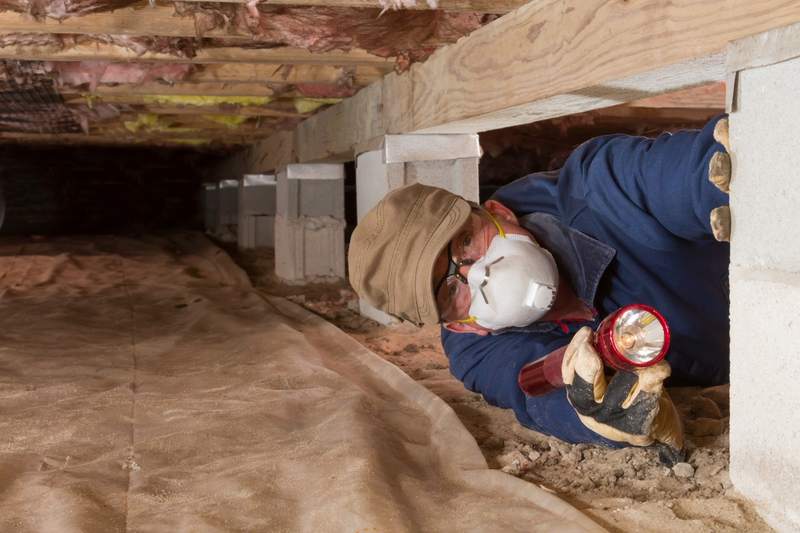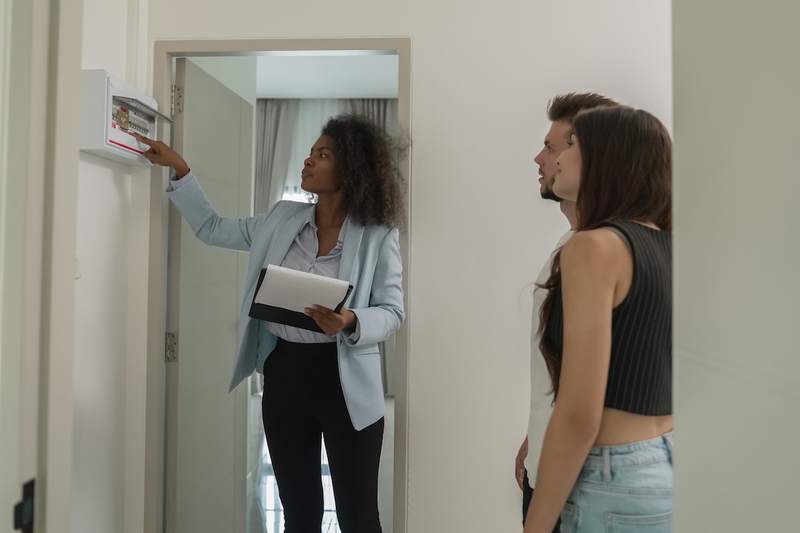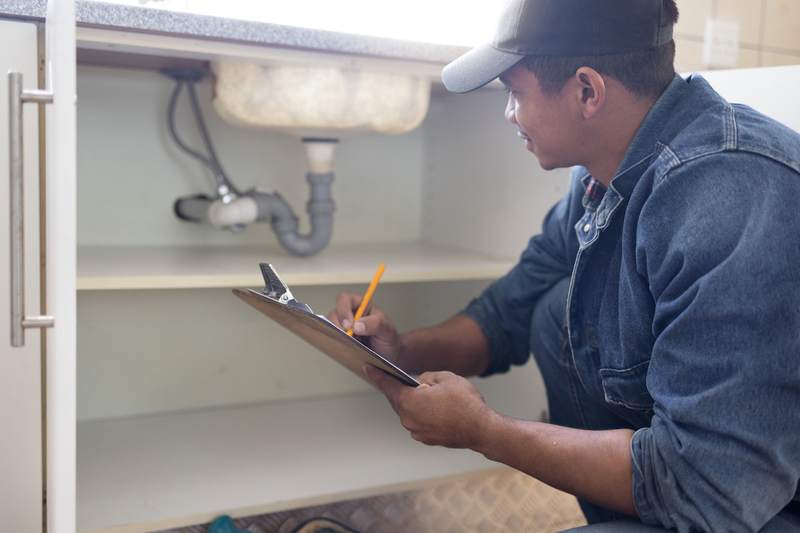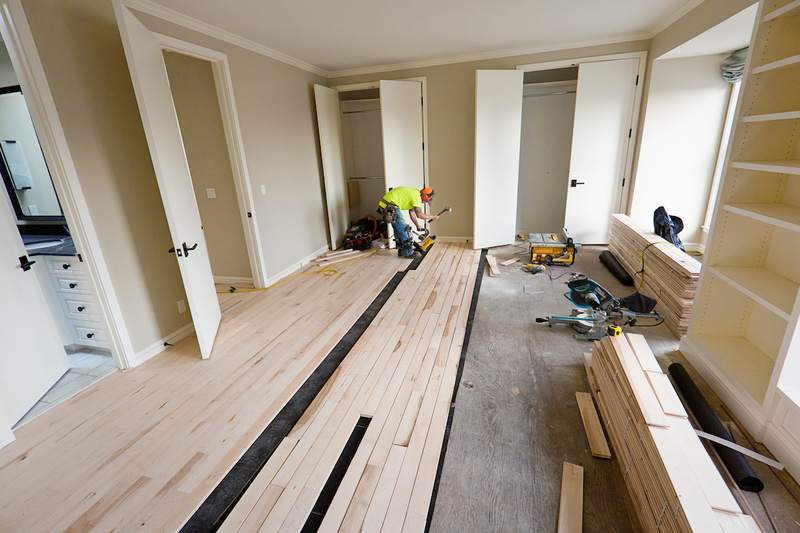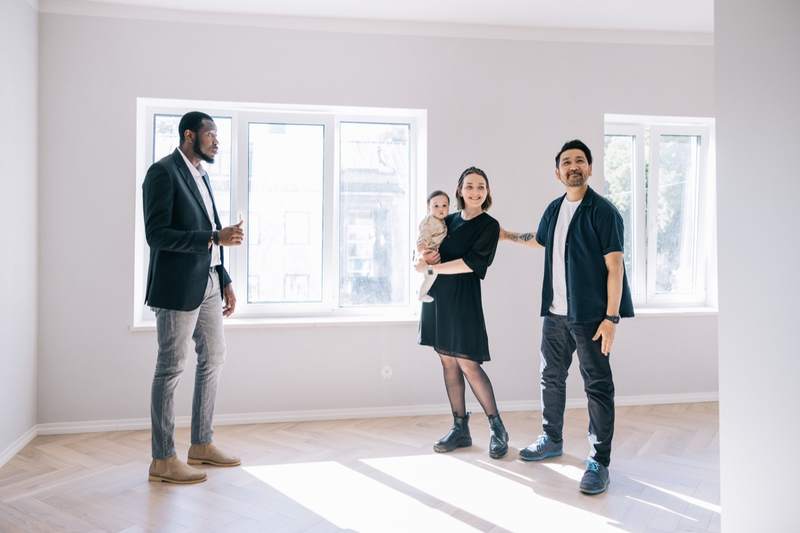
White boxing and staging are two different approaches to presenting a home to prospective buyers. Staging involves sprucing up the home with aesthetically pleasing decor, while white boxing is a more stripped-down approach where the house is shown empty.
Here’s a look at the differences between white boxing and staging, as well as the pros and cons of each.
What Is White Boxing?
White boxing is when a seller clears out the home — sometimes even stripping the floors, cabinets, and paint — before showing it to potential buyers at an open house. Those buyers can imagine how they would redesign the home to fit their style. This bare-bones approach has recently become a real estate trend, particularly in luxury markets where buyers have the money to fund extensive renovations.
Pros and cons of buying a white-boxed home
White boxing comes with different advantages and disadvantages.
Pros of white boxing
- The home is ready to be customized. A white-boxed home has already been cleared out and serves as a blank slate for the buyer to make their own design choices.
- White boxing can help the buyer save money. Homebuyers who were planning to remodel anyway will save the cost of stripping the interior before a remodel.
- It offers full transparency. A white-boxed home is fully exposed, flaws and all, which can be reassuring for buyers who want to know the condition of the home they’re buying.
- It can highlight what makes the home unique. White boxing can be an effective way to highlight a home’s desirable features, like noteworthy architecture or a great view.
Cons of white boxing
- Renovations can be costly. The median cost of a home renovation project is $18,000.
- The home might not meet loan requirements. Many lenders have specific requirements that the property must meet to approve your home loan. A white-boxed home that has a completely stripped interior can be deemed unsafe and unlivable, which jeopardizes your ability to get a mortgage backed by the Federal Housing Administration or Veterans Affairs.
- You might not be able to move in for a while. If you plan to redesign a white-boxed home, it can take a while to complete, which means you’ll need another place to live.
What Is Staging?
Staging is a more traditional approach to presenting a home for sale, where the seller and their real estate agent use furniture and decor to make the home look as pleasing as possible. The seller might also have the home decluttered and deep cleaned, and any necessary repairs performed.
According to a survey from the International Association of Home Staging Professionals, staging can help homeowners sell their properties three to 30 times faster than homes that aren’t staged.
Types of home staging
There are different types of staging, including:
- Occupied home staging. This occurs while the seller is still living in the home and uses their existing furniture.
- Vacant home staging. This occurs after the seller has moved out and uses rental furniture that’s less personalized.
- Virtual home staging. This approach uses photos of the vacant home with furniture and design elements added digitally.
Pros and cons of touring a staged home
Staged homes come with advantages and disadvantages. Here are some factors to keep in mind.
Pros of staging
- You don’t have to spend money on renovations. Unlike white-boxed homes, staged homes usually don’t need major renovations.
- The seller covers the cost of touching up the home. The seller may have completed repairs and repainted the home if it’s staged, which saves trouble for the buyer.
- You may be able to move in right away. If the home doesn’t need any work done, you may be able to move in shortly after your closing day.
Cons of staging
- A staged house may cost more. It costs money to stage a home. The asking price may be higher if the seller passes on those costs to the buyer.
- Looks can be deceiving. You may feel differently about the home once the seller has removed the staged furniture and decor.
- If you want to remodel, you’ll have to strip the interior first. With a white-boxed home, the seller may have handled these costs already.
White Boxing vs. Staging
White boxing and staging use different approaches to presenting a home for sale. Here’s a breakdown of some of the key differences for buyers.
White Boxing vs. Staging
| White Boxing | Staging |
| The home is ready to be customized. | The home is finished. |
| You’ll have to cover the cost of renovations. | You may not need renovations. |
| You might not be able to move in for a few months. | You’ll likely be able to move in right after you close. |
| You’ll get a better idea of how much space is in the home. | You’ll be able to see the potential of the home, but decor may be used to hide flaws. |
When Can I Expect a Property To Be Staged?
While white boxing is more common in the luxury real estate market, staging is popular with moderately priced homes.
The degree to which the home is staged can vary. Some sellers invest money to add value to the property with home improvements, while others simply clean up and declutter.
What should I look for in a staged property?
When a home is staged, you’re viewing a version of the home that’s dressed up to appeal to buyers. Make sure you aren’t basing your opinion of the home off the decor and furniture, because the home will be empty when you move in.
It’s also possible that the seller will use staging to hide flaws in the home. Make sure to get a proper home inspection performed by a third-party professional to uncover any issues you may have missed.
FAQ: White Boxing vs. Staging
Here’s a look at the answers to some frequently asked questions about white boxing and staging.






